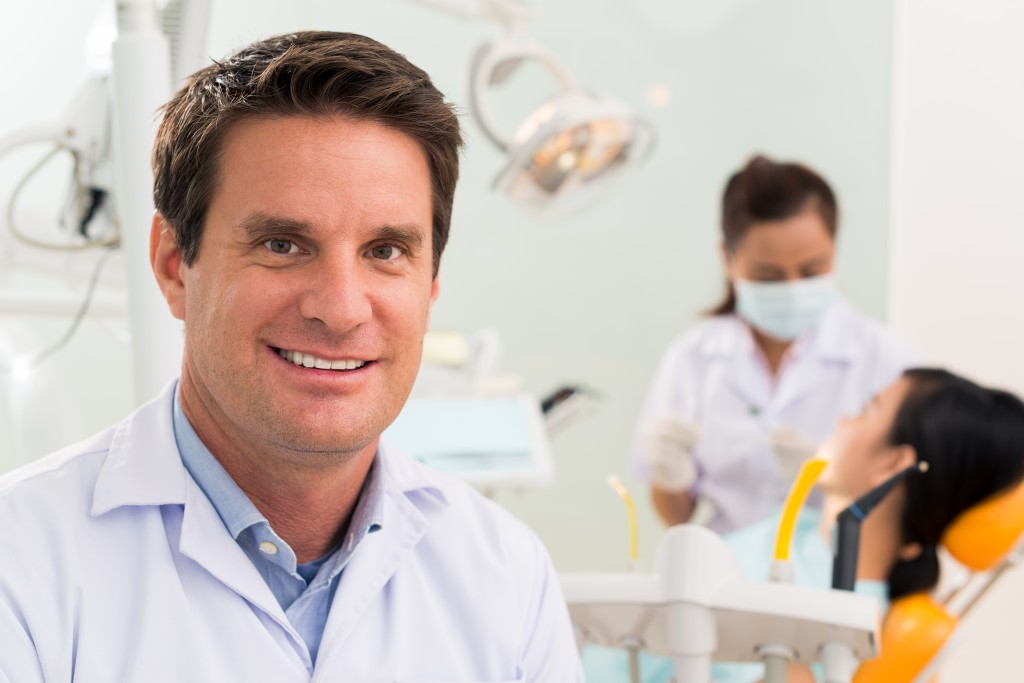Transferring Retention for Patients Treated Outside Your Referral Network: Part 2
In my previous post, I began discussing how to transfer retention for patients treated outside your referral network. In the absence of an established relationship with the treating orthodontist or GP, transferring retention for patients who were treated outside your referral network typically poses greater challenges.
I suggest you have a discussion regarding retention with postorthodontic patients who are new to your practice and existing patients who are postortho with someone outside your referral network. Here are a few reasons why.
Reinforces the importance of retention
We’ve all seen patients whose opinion seems to be that retention isn’t all that important. It’s a common perception that after a certain period of time, retainer wear is no longer necessary because the teeth become “set” in their posttreatment positions and relapse will not occur. Similarly, it’s commonly believed that removal of third molars reduces or eliminates the need for continued retention. Another misconception is that stability of tooth position in growing patients can be assumed after growth is complete.
While we’d like to believe all of these misconceptions have already been dispelled as part of a patient’s instruction about retainer wear, we know this is not always the case or the patient’s understanding fades with time. When I was in general practice, I encouraged patients to bring their removable retainers to their recall appointments. It’s my belief that this not only serves to reinforce the need for continued retainer wear, it also breaks wearing retainers “forever” into more manageable chunks of time if patients know I’m going to be checking the fit every six months or so.
An opportunity to enumerate benefits
Many, if not most, patients are aware only of the esthetc improvement that resulted from their orthodontic treatment. Additional benefits of easier hygiene, better occlusion, enhanced restorative results, among others, may have also been obtained. When that is the case, the patient’s interest in maintaining the treatment result may be enhanced by being made aware that these additional benefits exist.
Establishes monitoring as a service meriting a fee
As with any other service, if we provide it at no fee, we invite patients to perceive that it has no value. When a patient requests an appointment specifically for a “retainer check,” it’s my opinion that an office visit fee is indicated and appropriate. On the other hand, when the retainer check occurs at a recall appointment, I consider it covered in my fee for a periodic exam. This was perceived as a significant “value add” by most of my patients.
Helps prevent retainer “emergencies”
If you’re checking retainers at routine recall appointments, you can observe how they’re holding up. This reinforces that retainers don’t last forever and helps avoid having your first conversation about what will happen when a retainer breaks after it breaks (or comes unbonded or gets lost).
You may be of the opinion that your patient’s compliance with retainer wear is not your responsibility. While that is certainly true, the consequences can often be your problem; consider, for example, how misaligned lower incisors can complicate an upper anterior restorative case. At the very least, helping a patient maintain a nice orthodontic treatment result demonstrates your interest in their best interest.
SPEAR NAVIGATOR
Transform how your practice runs by engaging the team through
coaching and training
A guided path to excellence through structured coaching and self-guided resources that will align your team, streamline processes and drive growth. Transform your practice by implementing Spear’s proven playbooks for developing and retaining a high-performing dental team.

By: Cheryl DeWood
Date: August 8, 2014
Featured Digest articles
Insights and advice from Spear Faculty and industry experts



